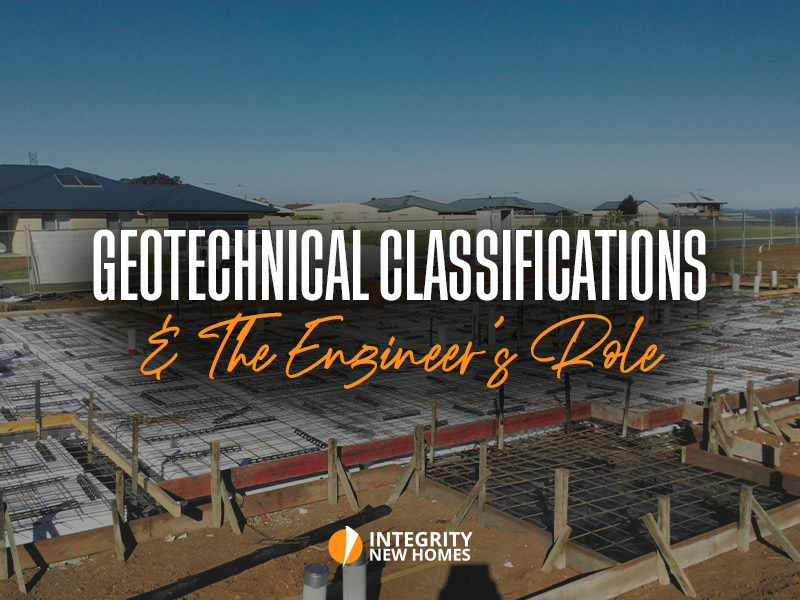
A geotechnical engineer will usually drill two to three boreholes on the land in the area where the slab or foundations will be located.
These bore samples are then sent to a lab for analysis and a report will be written which will include a classification reference using the following Class system:
It is important to note that even though boreholes have been drilled and soil samples were taken, unforeseen circumstances, such as hitting rock or finding asbestos buried in the block, may become apparent once work starts on site and digging commences.
A structural engineer considers the information contained in the geotechnical report (including the soil classification) and then designs the most appropriate slab/foundations/footings for the dwelling to be built.
Qualified and insured engineers should then carry out inspections prior to pouring of concrete for piers and foundations.
A Class
Sand/rock with little or no ground movement.
S Class
Slightly reactive clay.
M Class
Moderately reactive clay.
H1 Class
Highly reactive clay.
H2 Class
Highly reactive clay.
E Class
Extremely reactive clay.
P Class
Problem site with uncontrolled fill, trees, collapsing soils and/or land-slip.



